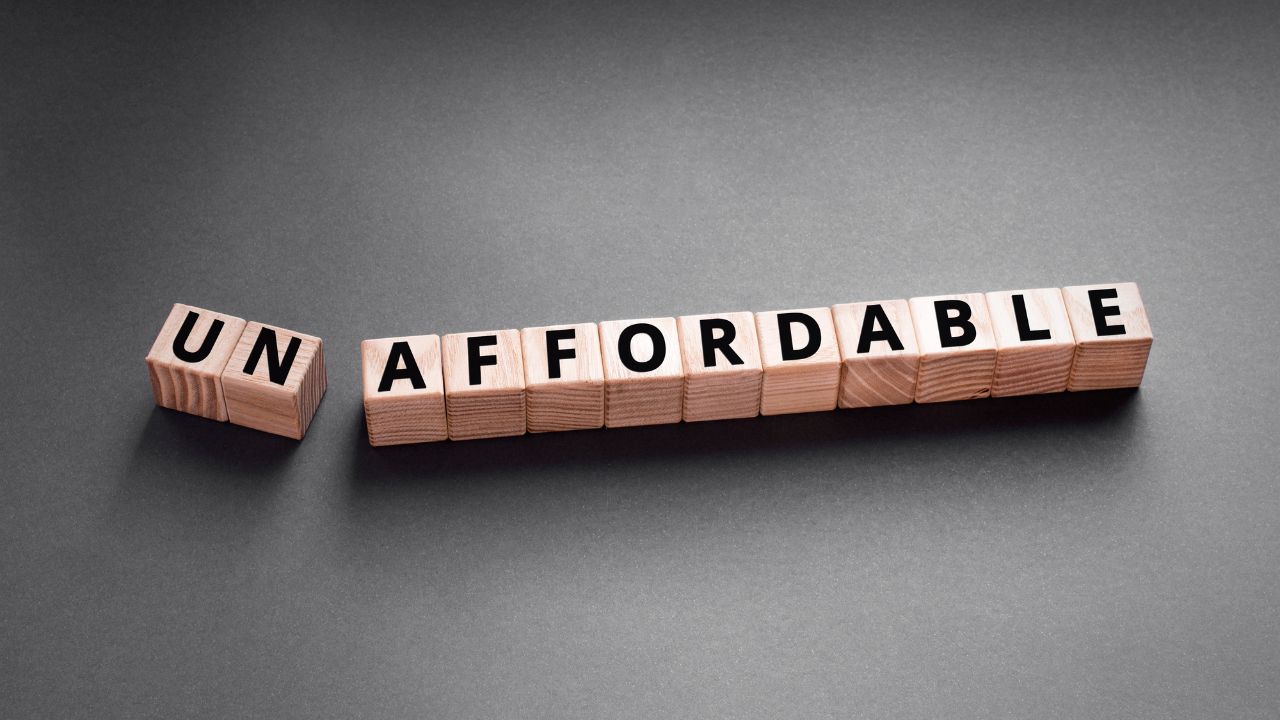Housing affordability in Australia has plummeted to its lowest level in nearly three decades, according to the latest data from the Real Estate Institute of Australia (REIA).
The REIA’s Housing Affordability Report for the June quarter of 2024 reveals that the average loan repayment now amounts to 48.1% of the median family income, a 1.3 percentage point increase from the previous quarter.
“The report highlights the impact interest rate increases and rising inflation have had on Australians in regards to both rent and home ownership,” said REIA President Leanne Pilkington.
While Victoria, the Northern Territory, and the Australian Capital Territory saw marginal improvements, all other states experienced declines in affordability.
“Declines ranged from 1.0 percentage points in Tasmania to 1.8 percentage points in South Australia. Rental affordability also declined over the quarter,” Ms Pilkington said.
Nationally, the proportion of income required to meet median rents increased by 0.2 percentage points, bringing it to 24.6%. Rental affordability varied across the country, with some improvements noted in New South Wales, Tasmania, and the Australian Capital Territory. However, declines were seen in other states and territories.
In some positive news …
Despite the challenges in affordability, there was some positive news. The number of first home buyers rose to 30,636, marking an 18.6% increase from the last quarter and a 7.2% rise compared to the June quarter of 2023.
“First home buyers now make up 36.6% of the owner-occupier dwelling commitments, a decrease of 0.1 percentage points over the quarter but an increase of 0.1 percentage points over the year,” Ms Pilkington explained.
The Reserve Bank of Australia held the official cash rate at 4.35% throughout the June quarter, with the average standard variable interest rate remaining stable at 8.8% and the average 3-year fixed rate at 6.8%.
Regional Variations in First Home Buyer Activity
Across the states and territories, the number of first home buyers increased everywhere. The smallest rise was in South Australia, at 9.2%, while the Northern Territory saw the largest jump at 39.3%. However, with just 290 loans issued, the Northern Territory remains the smallest first home buyer market in the country.
The average loan size for first home buyers rose to $532,429, a 2.7% increase over the quarter and 6.8% over the past year.
In other news, the total number of owner-occupied dwelling loans also increased to 83,599, an 18.8% rise from the previous quarter and a 6.9% increase over the past year.
“The total number of loans for owner-occupiers increased in all states and territories over the June quarter, with increases ranging from 9.8% in South Australia to 25.9% in New South Wales,” Ms Pilkington said.
Additionally, the average loan size for owner-occupiers grew to $629,249, reflecting a 3.6% increase over the quarter and a 7.9% rise over the past 12 months.
As housing affordability continues to decline, the challenges for both homebuyers and renters persist, with rising costs and loan sizes placing further strain on Australians seeking to enter or remain in the property market.

